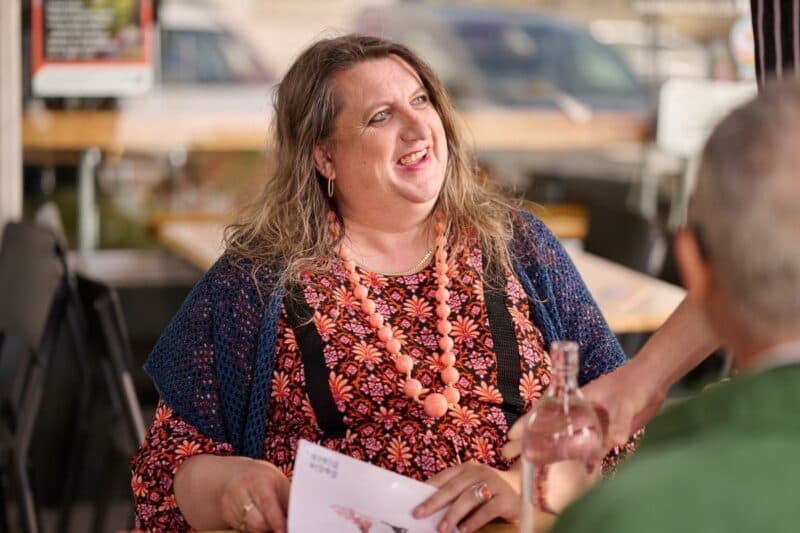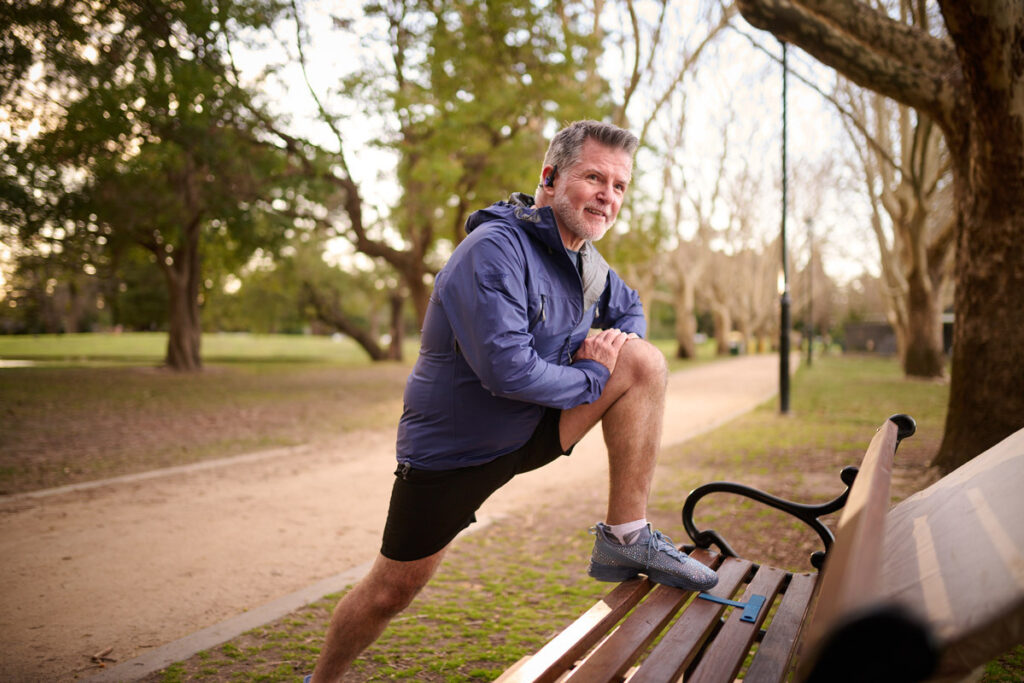For LGBTQ+ People
Lung screening can help find lung cancer early, before you notice symptoms.

When lung cancer is found early, before symptoms start, it is much more treatable. In fact, over 65% of lung cancers can be successfully treated when found early.
Choosing to do this scan could help you live a longer, healthier, and even more fabulous life with the people you love.
Who is the program for?
You may be eligible for a free scan if you:
- Are aged 50 to 70, and
- Currently smoke or quit in the last 10 years, and
- Have no current symptoms (like coughing up blood or wheezing), and
- Have a smoking history of at least 30 pack years (your doctor will help calculate this).

Good to know
You don't need to quit smoking to have the scan, and you should do it even if you feel well.
What is lung screening?
Lung screening uses a low-dose computed tomography (CT) scan to take images of your chest to look for any signs of lung cancer.
The scan is free, quick and painless. It does not involve any needles.
How it works
Step 1: Talk to your doctor or healthcare provider
Book in to see a healthcare provider that you trust, which may include doctors and nurses in sexual health services. They’ll ask you some questions about your age and smoking history to check if you’re eligible. If you are eligible, they will give you a program-specific request form for the scan.
Step 2: Book your scan
Book your appointment with a local radiology clinic. Your doctor or clinic may be able help you find a radiology service near you. Living outside a major city shouldn’t stop you from getting the health care you need – learn more about booking your scan if you are in a remote or rural area.
Ask your doctor if they know of LGBTQ+ friendly radiology services and if they can share personal information such as preferred name, pronouns, and preferred language for body parts, to support the radiology clinic providing inclusive and supportive care. You may choose to provide your preferences in a letter to the radiology clinic using a letter template from TransHub.
If you have a history of trauma and / or traumatic experiences with health services in the past, you may ask your healthcare provider to share your preferences to help the radiology service to employ practices of Trauma-Informed Care. This may include the presence of a friend / family member / partner or a quiet space after the scan. It’s your scan, you have the right to an experience that is right for you.
Step 3: Get your scan
When you arrive at the clinic:
- you will be welcomed by a staff member, and they will explain what to expect
- you might need to fill out some paperwork and confirm your details
- you may be asked to complete a health check
- you will be asked if you can lift your arms above your head for 5 to 10 minutes
For the scan:
- a radiographer will take you to a private space for comfort
- you will be asked to lie flat on the bed with your arms above your head
- will need to hold your breath and lie still for a few seconds while the machine takes images of your lungs.
You may be asked to change into a medical gown for the scan, which will be in a private area. You may be asked to remove anything with metal in it, including bras, bindings or jewellery (from earrings to Prince Alberts!). You can remove these prior to your appointment if you like.
Step 4: Get your results
After your scan, the radiologist (a doctor that examines x-ray and scan images) will look at your scan and send your results to the National Cancer Screening Register (NCSR). You won’t get your results on the day of your scan. The NCSR will let you know what to do next. This may be a reminder (by text message or letter). If your scan is clear, you will need to come back for your next free scan in 2 years. Having regular screening is the best way to find lung cancer early, when it’s easier to treat.

What if I still smoke?
If you smoke or have in the past, this program could be for you. You don’t have to quit to have the scan.
We know that reasons for smoking are complex, and it can be hard to quit. This program isn't about judgement or forcing you to quit smoking. It’s about giving you the chance to find anything early to help give you a longer, healthier life.
It's Good to Know TV Ad for LGBTQ+ communities
How can I find an LGBTQ+ inclusive and affirming healthcare provider?
Having a healthcare provider that you trust and feel comfortable with is important for everyone.
If you think you are eligible for lung screening, speak to a doctor or healthcare provider you feel comfortable with.
Trans, gender diverse, and LGBTQ+ people can visit the TransHub doctor's list to find a safe and affirming service.
This quick scan could save your life
It doesn't matter if you smoke or have quit, you deserve to screen to give yourself the best chance at a healthier, more fabulous future.
Lung screening is a step you can take to give yourself more healthy years doing what you love.